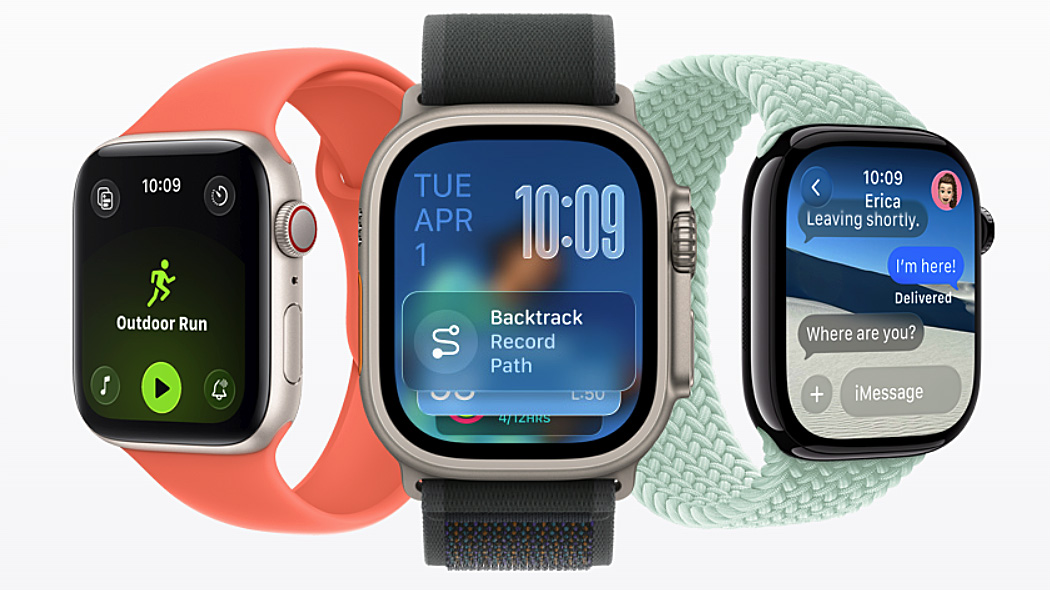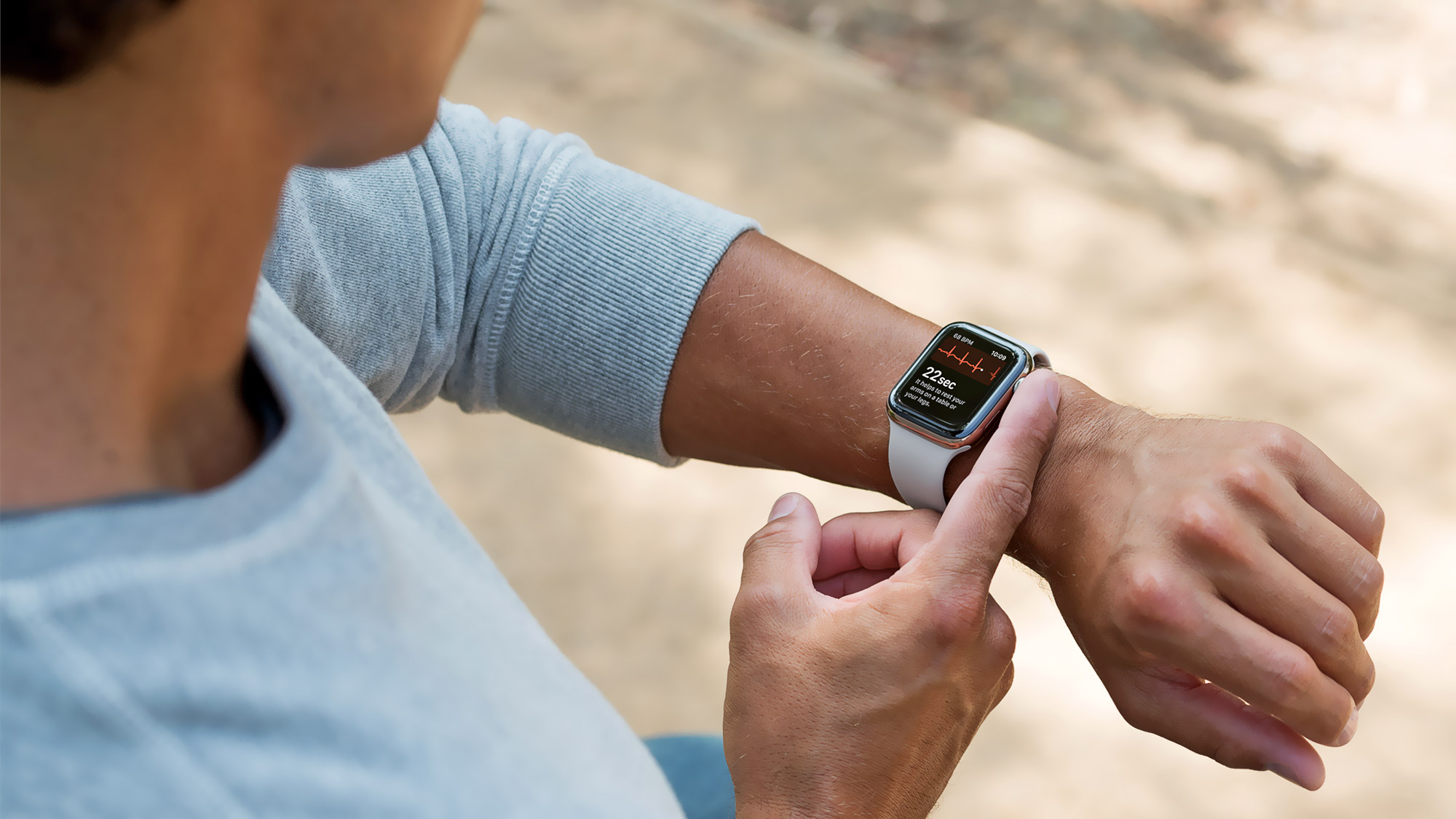
Last week at WWDC 2025, Apple announced a ton of new features coming to iPhone, Mac and iPad later in the year. But as a former fitness editor, I was most interested in what’s going on with the Apple Watch.
When watchOS 26 lands in the fall, the best Apple Watches will get a Liquid Glass refresh (no, this isn’t a new type of screen, but a translucent design language), a simplified Control Centre for quick access to settings and some new customization features.
But the main event of Apple’s smartwatch plans is the new AI-backed Workout Buddy. In the Newsroom post announcing all these features, Apple suggests that it’ll give you a ‘personalized pep talk’ like: “Way to get out for your run this Wednesday morning. You’re 18 minutes away from closing your Exercise ring. So far this week, you’ve run 6 miles. You’re going to add to that today.”
Does that sound helpful? Not to me, anyway. I’m not sure that I need to pay several hundred dollars for a device that’ll tell me things I already know. Don’t get me wrong; I think the Apple Watch is easily the best smartwatch available right now (it’s just a shame it doesn’t work on Android).
I recommend it to pretty much anyone with an iPhone because, unless you need something more focused on intense training (in which case, a Garmin watch would do you well), there’s nothing better. But the Workout Buddy sounds like Oura’s similarly uninspiring AI Advisor — another tool I tend to just ignore.
It’s not the concept that I dislike — I think actionable insights based on your specific data could be really useful — but the implementation of these features feels a bit like an afterthought. The example Apple gave for Workout Buddy just sounds like it’s reading numbers at you, not really understanding them.
@tomsguide ♬ original sound - Tom’s Guide
And from the WWDC demo, it seems to just add a few extra words to features that already exist in other fitness watches, like an audio summary of your run or updates when you've hit a certain distance.
So, it's like what you can get already but with 'Added AI' — so you get friendly phrases like, "you're crushing it."
It’s a similar criticism aimed at Strava’s Athlete Intelligence workout summaries, which tell you how far you ran and in what time with a few other metrics that used to just be on the screen at the end of a session, but with more words.

In fairness, maybe this isn’t an Apple problem, but the way that technology tends to reduce exercise to a series of goals to tick off or targets to hit. I go for a walk every morning, but I don’t care if I hit a certain amount of steps — for me, the benefit is spending some mindful time outside. But how can an app on a smartwatch understand that?
And that’s the disconnect; the intelligence part of all these AI features just isn’t there, at least, not yet.
Your Apple Watch doesn’t know why you chose to go for a run, do a yoga session or take a walk. Strava doesn’t know if you’re not feeling your best so ran slower, and your Oura Ring 4 doesn’t know that it was the noise of a plane that woke you up early, effecting your sleep.
All these apps can see is something quantifiable, easily read by a sensor and turned into a number for you to measure yourself against. But exercise, sleep and metal wellbeing can’t be defined by numbers alone. And until Workout Buddy and other AI features can really understand this, I’ll be leaving them firmly in the off position.







